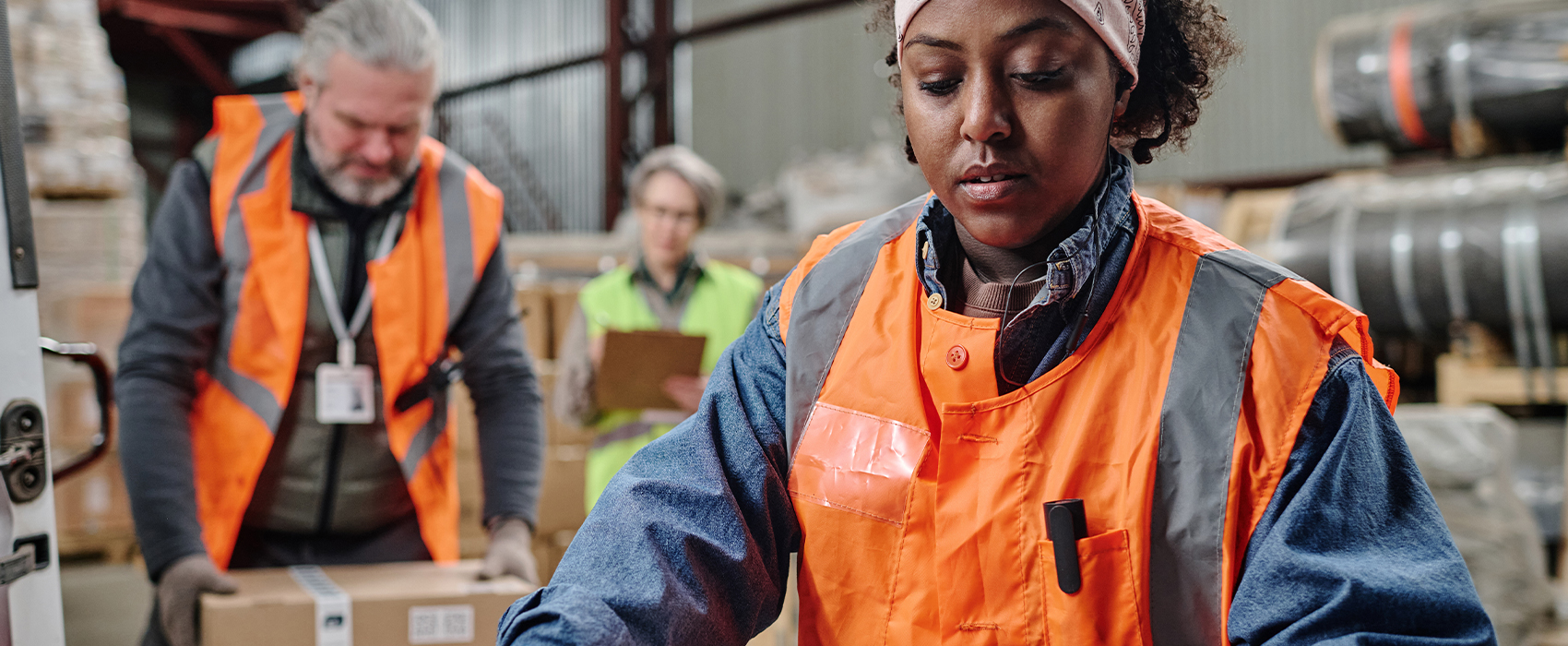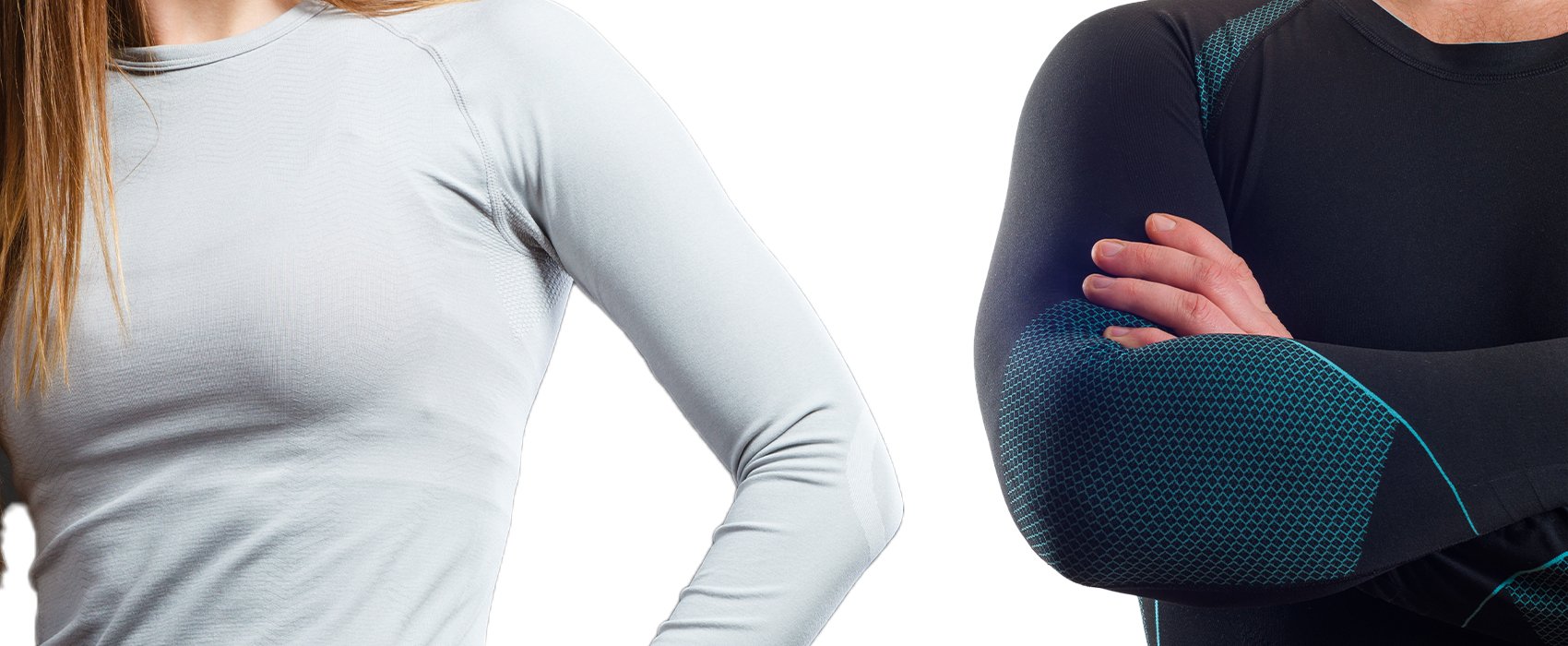
Do I need thermal underwear?
With summer behind us, and winter fast approaching, you might be wondering if you’ll need your thermals this year. Andrew Grinnell explains why thermal underwear is a must for the winter workwear wardrobe…
Wearing thermal underwear as part of your daily workwear will help keep you warm in cold environments, whether you’re out in the elements loading or unloading, working in a draughty warehouse, or travelling the country delivering parcels and pallets.
Do I need thermal underwear?
As the temperature turns colder, most people working in logistics roles would benefit from incorporating some kind of thermal underwear into their everyday workwear. If you’re moving around the warehouse, or in and out of different environments, it will help to keep you warm without making you sweat. If you’re standing still working on a production or assembly line, it offers extra warmth without the bulk that results from layering up to the extremes.
Does thermal clothing work?
Yes, they really do work! Thermal underwear acts like a second skin, keeping your arms, core and legs warm and dry. You don’t get cold so fast, and it is specially designed to help regulate body temperature by reducing the heat that builds up when you move. Made from wicking material, it pulls sweat from your body, keeping you at a comfortable temperature.
What is the difference between thermal underwear and base layers?
There is no difference between thermal underwear and base layers. Both lock in body heat and wick away sweat, helping the wearer to regulate their temperature in cold environments. Whether you call them thermals, thermal underwear, base layers, long johns or thermal t-shirts – they all do the same job of keeping you comfortable at work in winter.
How to wear thermal clothing: The art of layering
Keeping warm and comfortable in cold weather is all about the right layering. It is far better to wear several thin layers of clothing than to add a bulky top layer to your normal workwear.
Starting with a thermal base layer is ideal, as thermals are lightweight and won’t restrict movement. Thermal underwear underneath normal workwear, with a fleece jacket on top, should be sufficient to keep warehouse workers warm during the cold weather. Adding a hat and lightweight thermal gloves on top of this will help to reduce heat loss from the extremities.
Our tip: Forklift drivers working in cold environments will require different winter workwear to people working in roles where they are moving around a lot, and may be most comfortable wearing waterproof workwear designed for people working in cold stores, freezers and chillers.
Find out more: Read our blog on staying warm in the warehouse this winter.
Best thermal underwear for the workplace
Most warehouse workers and outdoor logistics operatives would benefit from wearing thermal underwear during the cold winter months.
Acting like a second skin, thermal base layers keep body heat in and wick away sweat, keeping your arms, legs and core at a comfortable temperature at all times, whether you’re walking the warehouse floor, standing on an assembly line, making deliveries or driving a forklift in the yard.
At this time of year, staying warm is all about wearing the right layers, and starting off with a thermal base is an effective, non-bulky way to ensure warmth in cold environments.
Thermal underwear: A checklist
Equipping yourself and your teams with the following should keep you warm and dry all winter long.
- THERMAL VEST
Standard thermal vest
Choose from short-sleeved or long-sleeved options, depending on preference. Made from lightweight and soft polyester and viscose fibre, both offer excellent insulation against the cold in sizes small to 3XL.
View the long-sleeved thermal vest >>
View the short-sleeved thermal vest >>
Thermo jacket
Designed to be worn next to the skin as a base layer, the Tranemo Thermo Jacket is available in sizes small to 4XL. Made from double quilted 100% polyester for extra warmth, it features a chest pocket with zip, knitted cuffs, and a long back for added protection.
View the thermo jacket >>
- THERMAL LONG JOHNS
Standard thermal long johns
These thermal under-trousers are made from soft polyester/viscose fibre for enhanced comfort, offering lightweight insulation against the cold in sizes up to 3XL.
View thermal long johns >>
Thermo trousers
Available in sizes up to 4XL, these double-quilted 100% polyester thermal long johns come with knitted ankle cuffs and an elastic and double buttoning waist.
View quilted thermal long johns >>
- THERMAL SOCKS
Our thermal socks are made from looped terry fabric for extra warmth and come with a soft but supportive cuff for comfort.
View thermal socks >>
Working outdoors or in a cold environment? View our full range of thermal workwear – including thermal jackets, boots, gloves and hats – in our online shop.
Underwear under thermal underwear: Yes or no?
Should you wear normal underwear under your thermal underwear?
The question of whether or not to wear normal underwear underneath thermal underwear is one that has been debated for many years.
While advocates of the practice suggest doing so adds warmth, helps prevent chafing and improves comfort, designers of thermal underwear would advise against it. This is because thermal vests and long johns are designed to be worn next to the skin and adding another layer in between is likely to reduce their effectiveness. Normal underwear can also add bulk that makes close-fitting thermals feel uncomfortable.
Keeping warm: Top tips
Our tips for staying warm in cold environments are:
- Layer up – Wearing several thin layers is most effective. Air gets trapped between the layers, where it acts as an insulator to keep you warm.
- Wear a thermal base layer – Choose close-fitting, lightweight thermals with moisture wicking properties. The last thing you want in the cold weather is to feel wet.
- Protect your extremities – Wearing a hat and lightweight thermal gloves can make a huge difference to overall body temperature and comfort.
- Don’t overdo it – Start slightly chilly and wear several layers that you can add to or remove as needed once you start moving around and building up body heat.
- Micro-adjust – If you start to feel hot, small adjustments like opening a zip, rolling up sleeves, or removing a hat are often enough to help the body regulate its temperature. If this doesn’t work, you can remove a layer of clothing. Just be careful not to remove too much clothing at once, as your temperature could go too far the other way.
You Might Like...
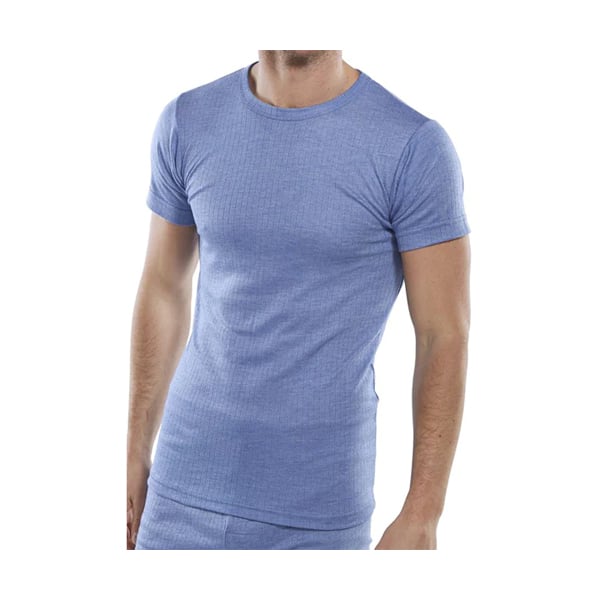 1
1
Thermal Short Sleeved Vest- OUT0811
Soft polyester/viscase fibre, lightweight and excellent insulation in cold conditions
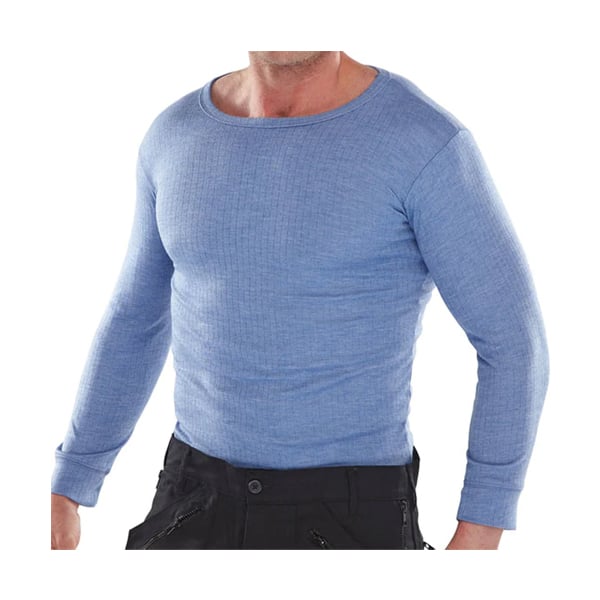 2
2
Thermal Long Sleeved Vest- OUT0810
Long sleeved soft polyester/viscose fibre. Perfect for added layer cold protection
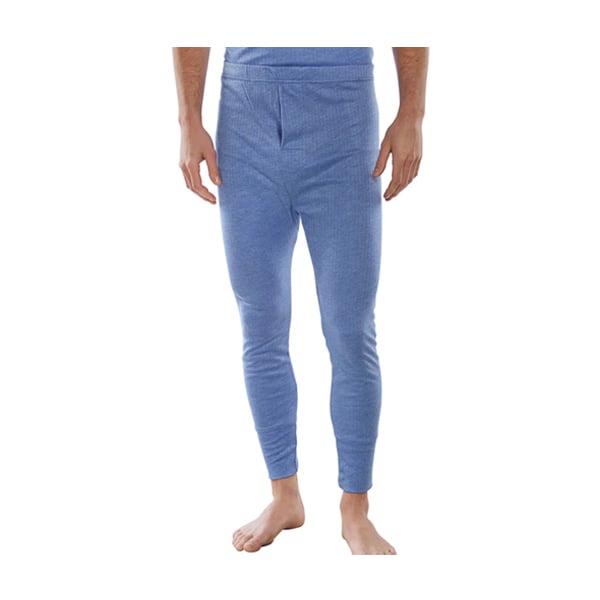 3
3
Thermal Long Johns- OUT0820
Soft polyester/viscose fibre material, lightweight, full trouser length insulation
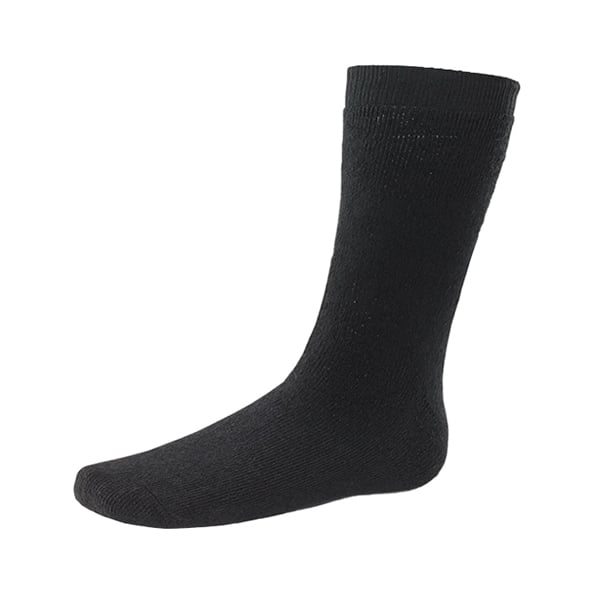 4
4
Terry Thermal Socks- MSC9902
80% cotton/20% polyester, gentle welt for comfort, looped terry for extra warmth
You might also like
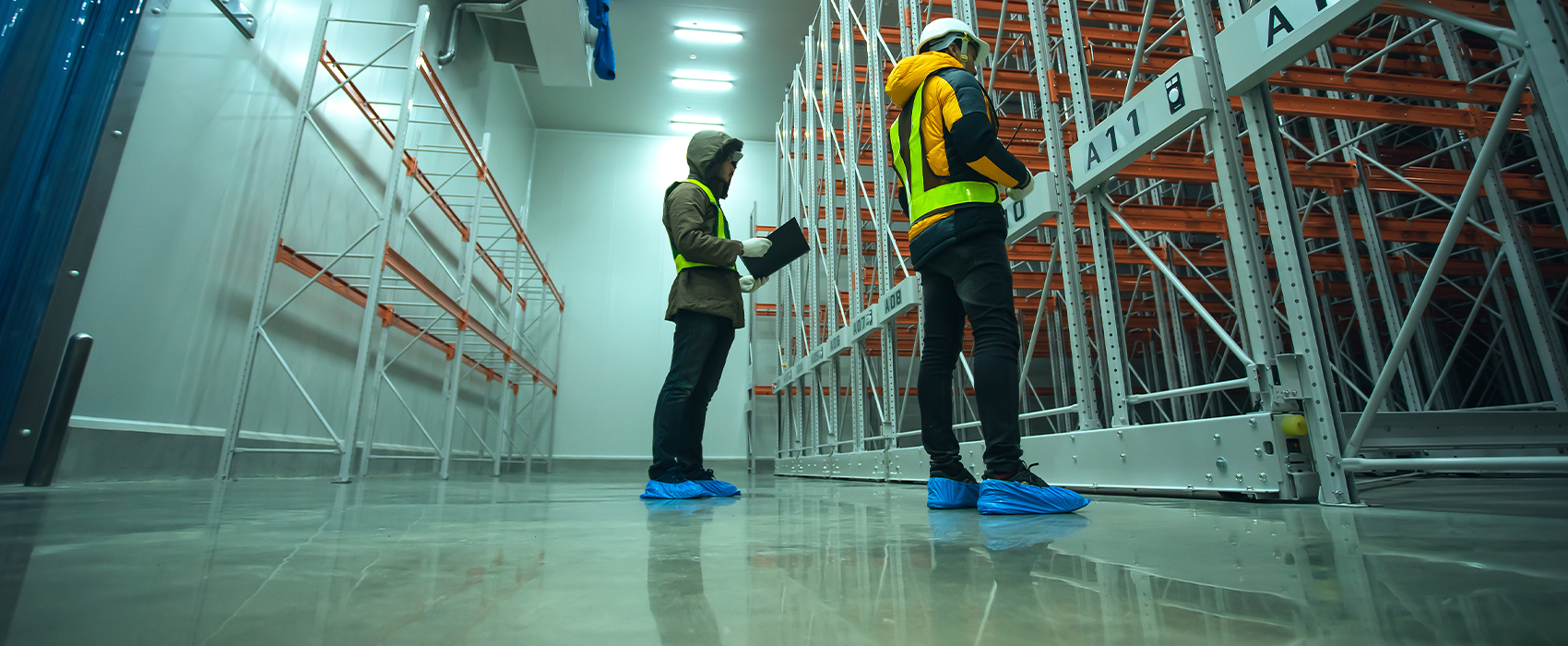
Thermal socks: A must for winter warehouse work?
